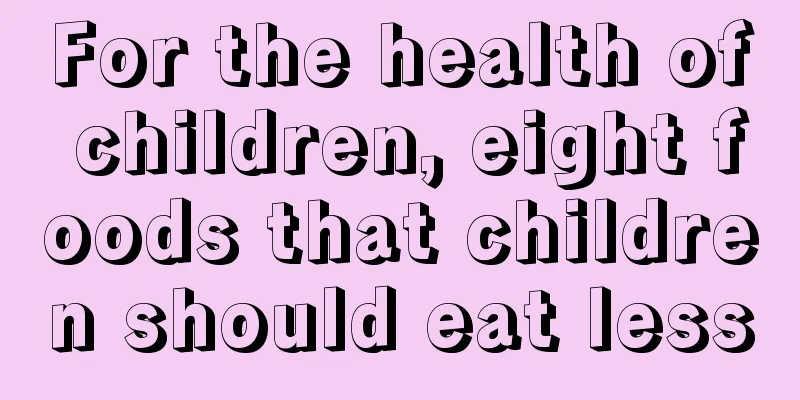What causes acute pneumonia in children?

|
When children are young, they will always suffer from various diseases due to their low body resistance. Among them, acute pneumonia in children is a common disease in children, especially severe pneumonia, which can be said to be a fatal disease for many young children. Although medicine has made great progress in the treatment of this disease in recent years, the mortality rate is still higher than other diseases. So how does acute pneumonia occur in children? 1. Causes Pathogen viruses are the main pathogens of this disease. In the past, adenovirus types 3 and 7 were more common in northern my country, and type 7 often caused severe pneumonia. Recently, adenovirus infection has been on a downward trend, while syncytial virus has risen to the first place. Pneumonia caused by other viruses such as parainfluenza virus, influenza virus, and rotavirus has also been reported. There are many bacteria that cause bronchopneumonia, most of which are secondary to viral infections, but some are primarily caused by bacterial infections. Common bacteria include Pneumococcus, Staphylococcus aureus, hemolytic Streptococcus, Escherichia coli, etc., and Haemophilus influenzae can also cause pneumonia. Other bacterial infections are rare. Mycoplasma pneumonia is more common in older children, while fungal pneumonia is more common in infants and young children who have long abused antibiotics and corticosteroids, and in malnourished children. (II) Predisposing factors 1. Physiological and anatomical factors of the children's respiratory tract include narrow nasopharynx, trachea and bronchi, low mucus secretion, poor ciliary movement, incomplete differentiation of lung tissue, underdeveloped elastic fibers, poor compensatory capacity, few alveoli and vigorous interstitial development, so the lungs contain less air and more blood. These characteristics are more prominent in infancy. In addition, the immune function has not yet fully developed, so it is easy to suffer from bronchial pneumonia. 2. The disease affects the health of the body itself and is closely related to the occurrence of pneumonia. The disease is particularly prone to occur when the body's resistance and immunity are low, such as malnutrition, rickets, anemia, congenital heart disease, and cerebral hypoplasia. 3. Environmental factors such as sudden climate changes, poor indoor ventilation, polluted air, etc. After reading the above introduction, I believe you have a clearer understanding of acute pneumonia in children. If you have a baby at home, you must pay more attention to keep your child away from pneumonia pathogens, make your child's diet more comprehensive, and let your child exercise appropriately, which is also a good way to enhance resistance. Do not take your child to play in a dirty environment. |
<<: What to do if your child has white spots on his body
>>: What are the dangers of strawberry hemangioma in children?
Recommend
What foods are difficult for babies to digest?
Nowadays, there are more and more types of snacks...
What are the symptoms of a baby with high fever and convulsions?
The mother's womb is a relatively healthy and...
What should I do if my child has a cold and fever?
Colds and fevers in children are already a very c...
How to train children to concentrate
It is children's nature to like playing and e...
Why does my baby not cough during the day but cough at night?
Some babies do not cough during the day but start...
How to correct hunchback in children
It is common for children to have hunchbacks in d...
Why does a three-year-old baby bite people?
Babies start to grow teeth at around two years ol...
How should tooth decay in a two-year-old baby be treated?
Many children will have the problem of biting the...
How to regulate the diet of children with bronchitis?
Nowadays, more and more children may suffer from ...
Treatment of wind-heat cough in children
When children catch a cold, they usually have fev...
Children's sun protection medicine
During the growth of their children, many mothers...
What is the reason for children to grow canine teeth
It is quite common for children to have canine te...
How to cure a child's stuttering?
In most cases, when parents find that their child...
When the baby farts, some poop comes out
If the baby's diet is irregular, constipation...
Why do newborn baby's nails turn black?
The baby's health is the biggest concern of t...









